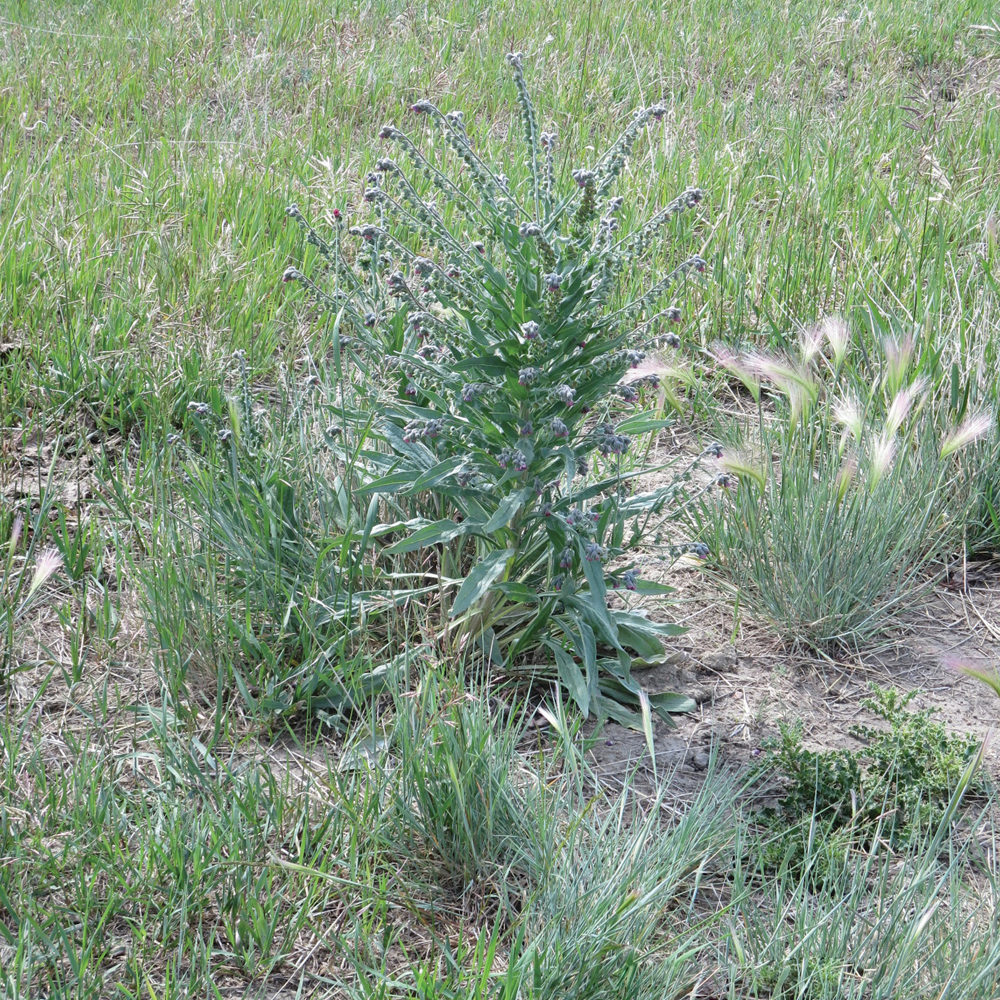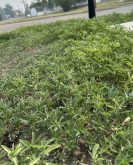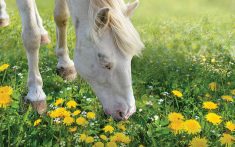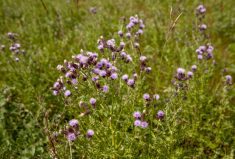Hound’s tongue is a weak competitor and doesn’t do well in healthy rangeland — but it compensates for that by being an excellent hitchhiker.
This noxious weed produces up to 4,000 seeds per plant, and each one is barbed and easily attaches itself to clothing or fur. It also produces toxic alkaloids that cause irreversible liver damage when consumed (typically in hay).
Hound’s tongue is a biennial plant, producing a rosette in year one and a flowering bolt in year two. It has a woody taproot; prefers drier, well-drained sites; and each flower produces four barbed nutlets that can remain on the plant until disturbed and are viable for up to three years.
Read Also

Milk concentration plant officially opens in Alta.
Canadian raw-milk processing history made with start up of Dairy Innovation West milk concentration plant in Alberta
The name comes from the resemblance of the leaf shape and roughness to a dog’s tongue. It establishes in worked soils but repeated cultivation is helpful control in cropland situations. There are no selective herbicides registered currently and once established, this weed can spread making it very hard to control.
For more information on this or any invasive plant, contact your local Agricultural Fieldman or the Alberta Invasive Species Council.















